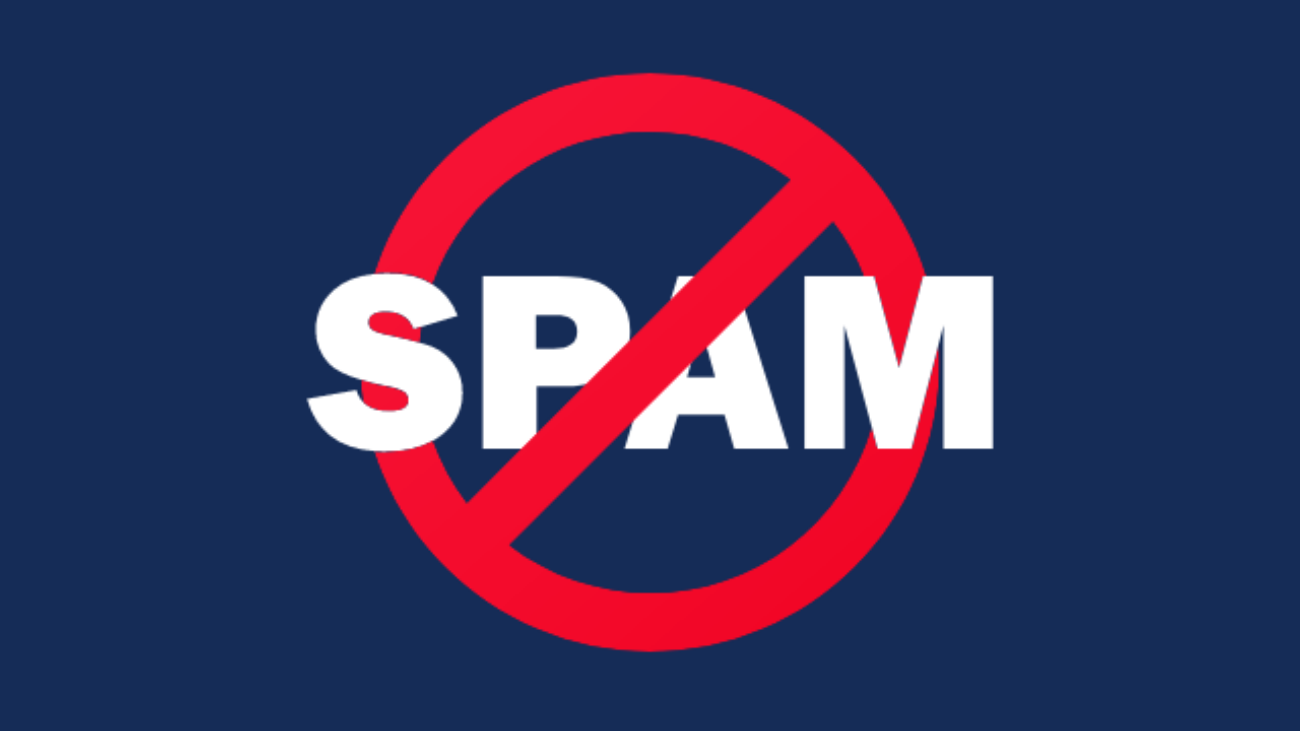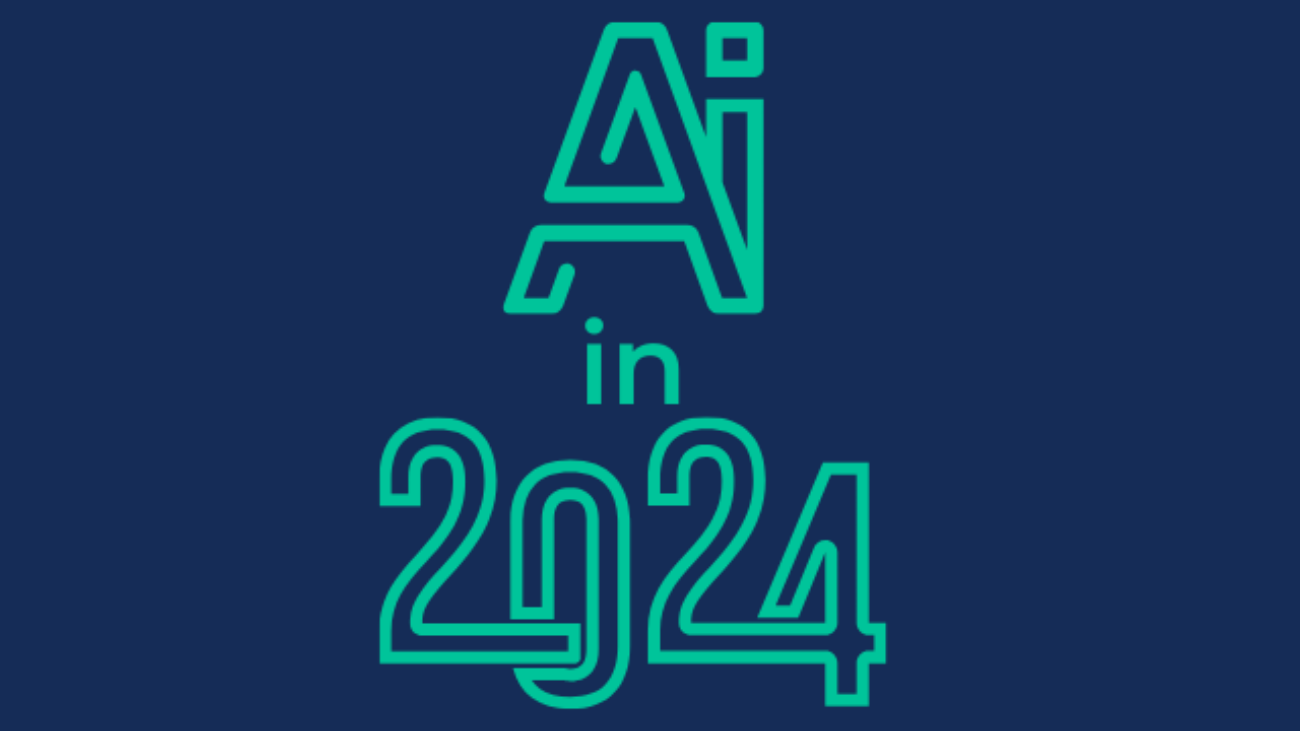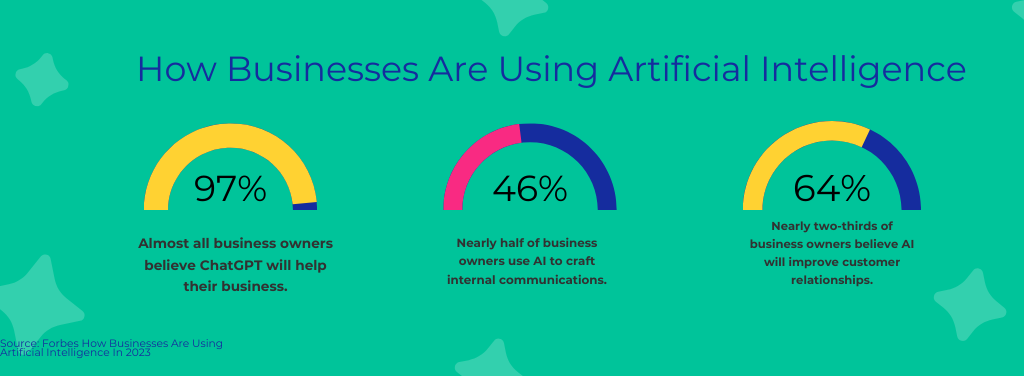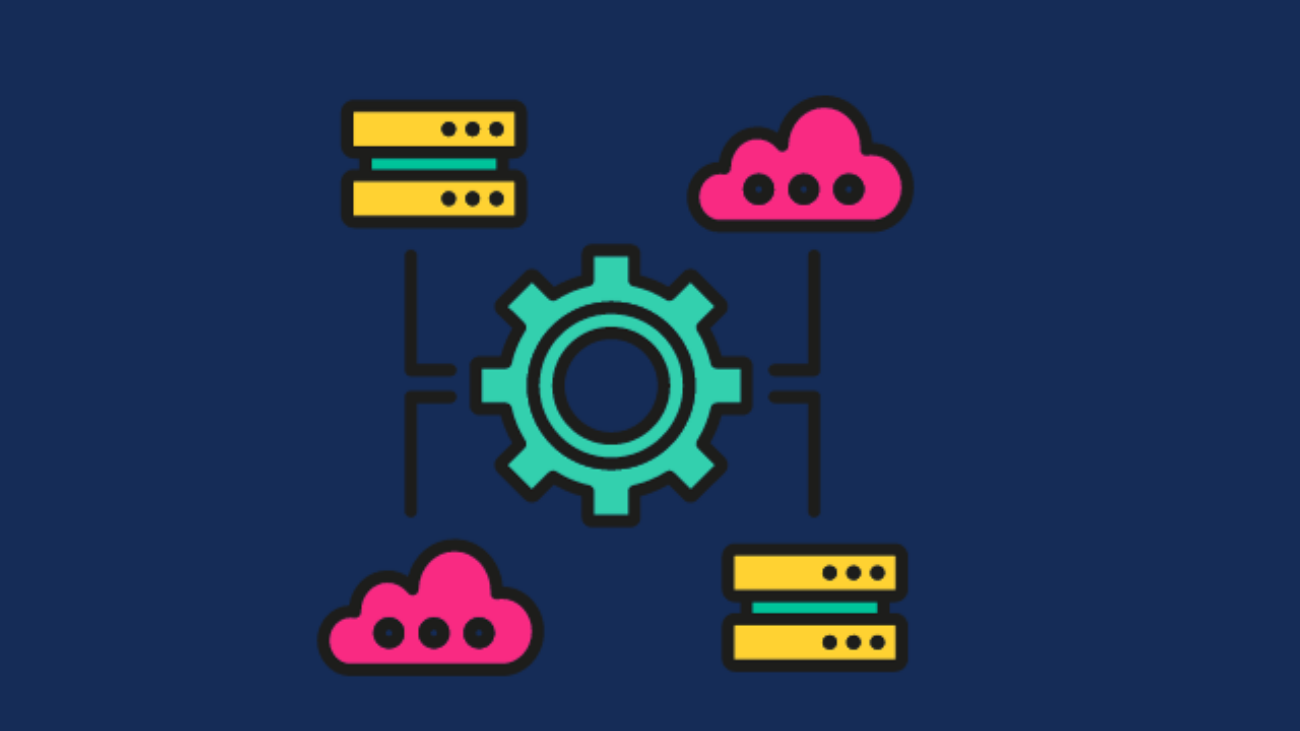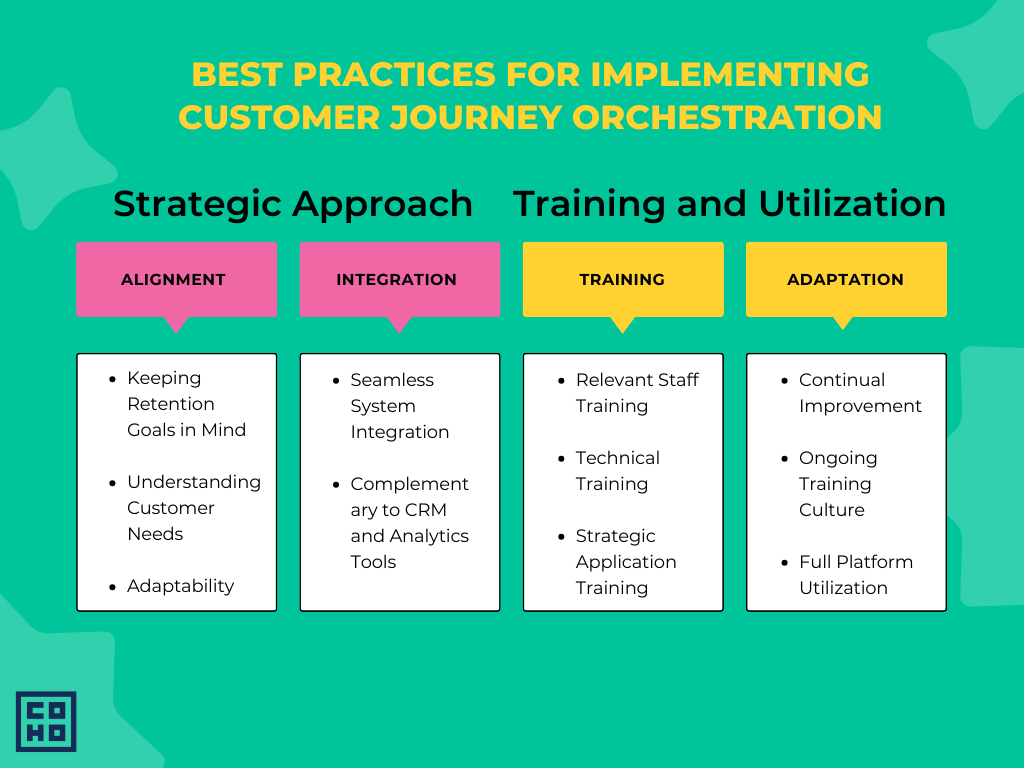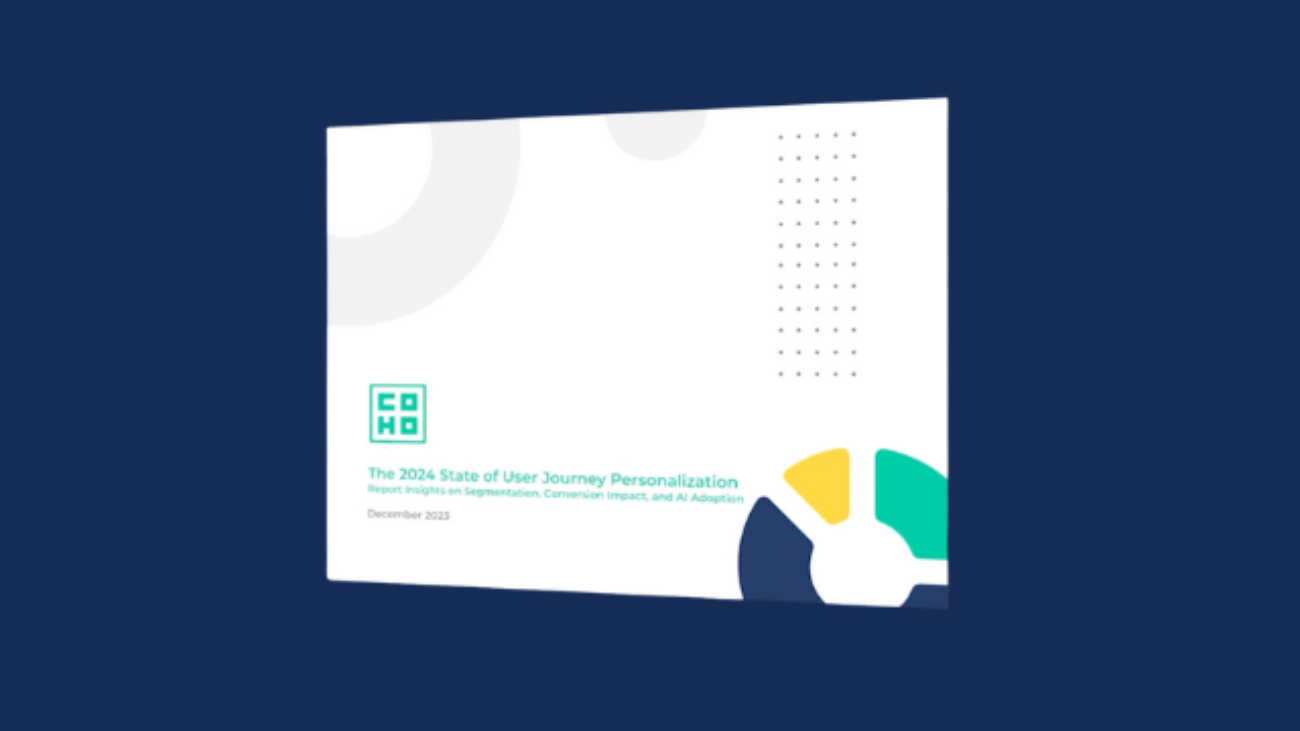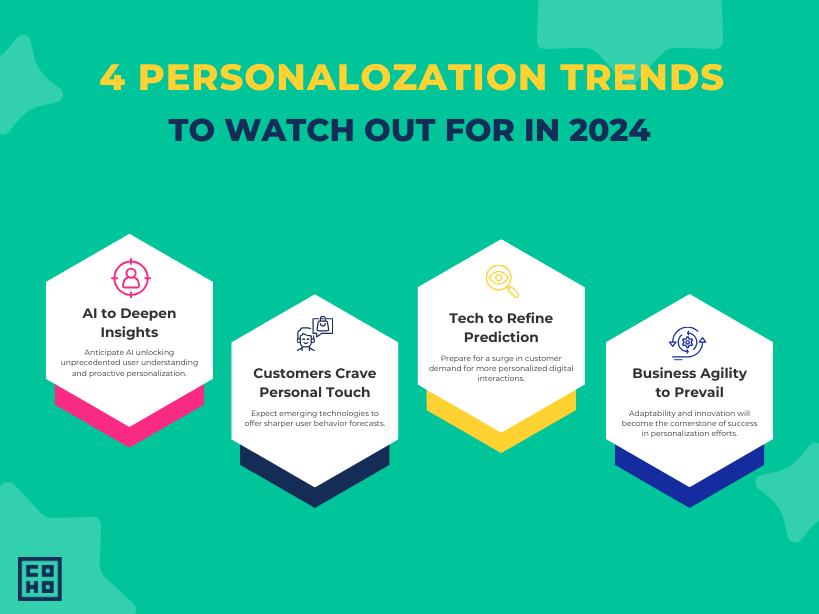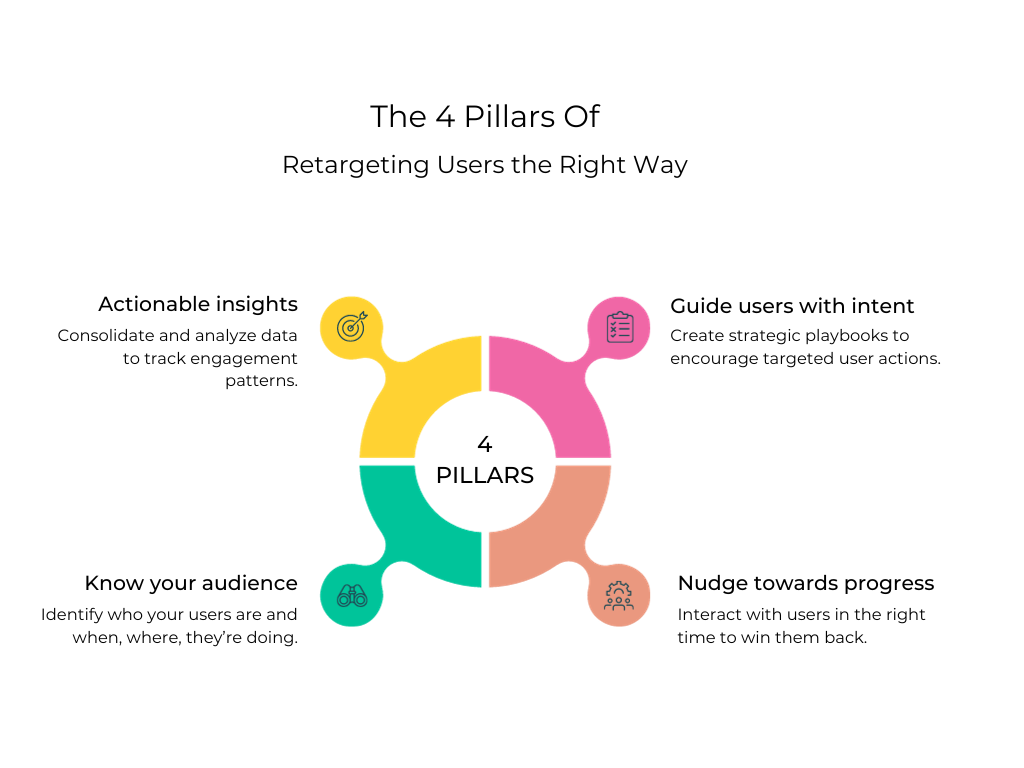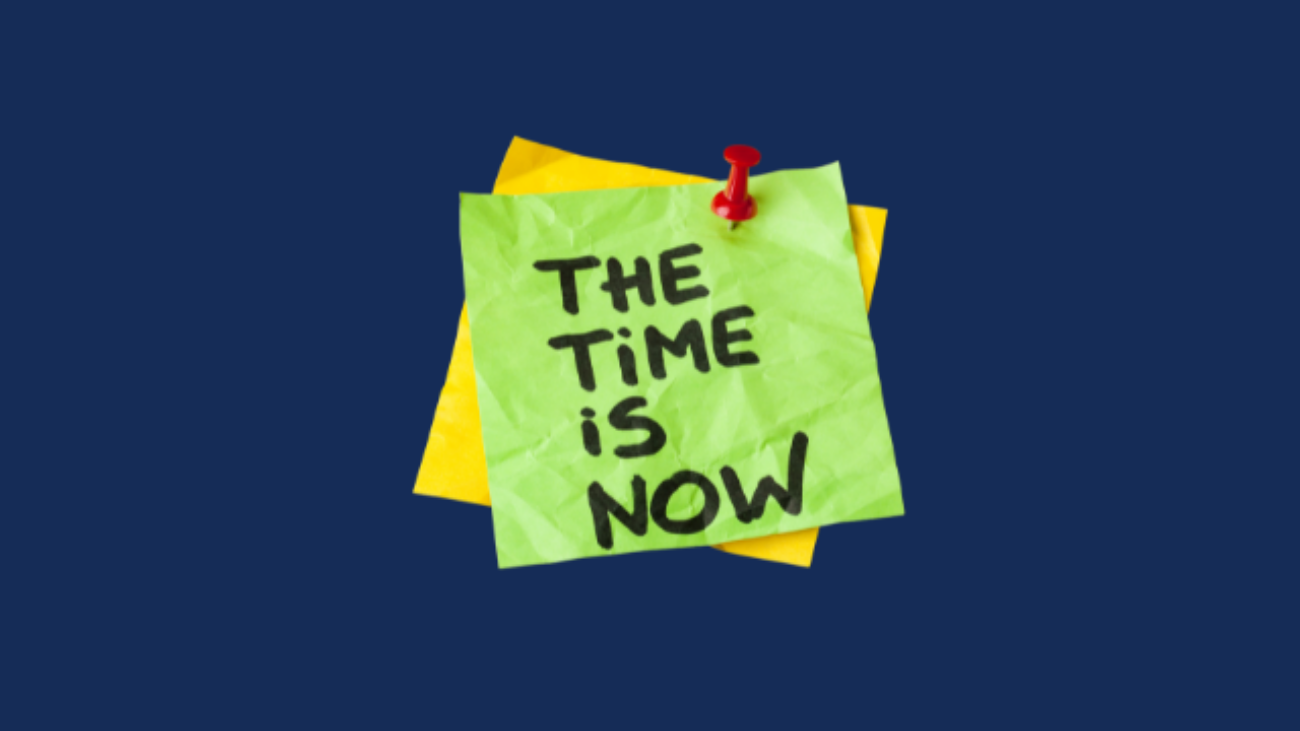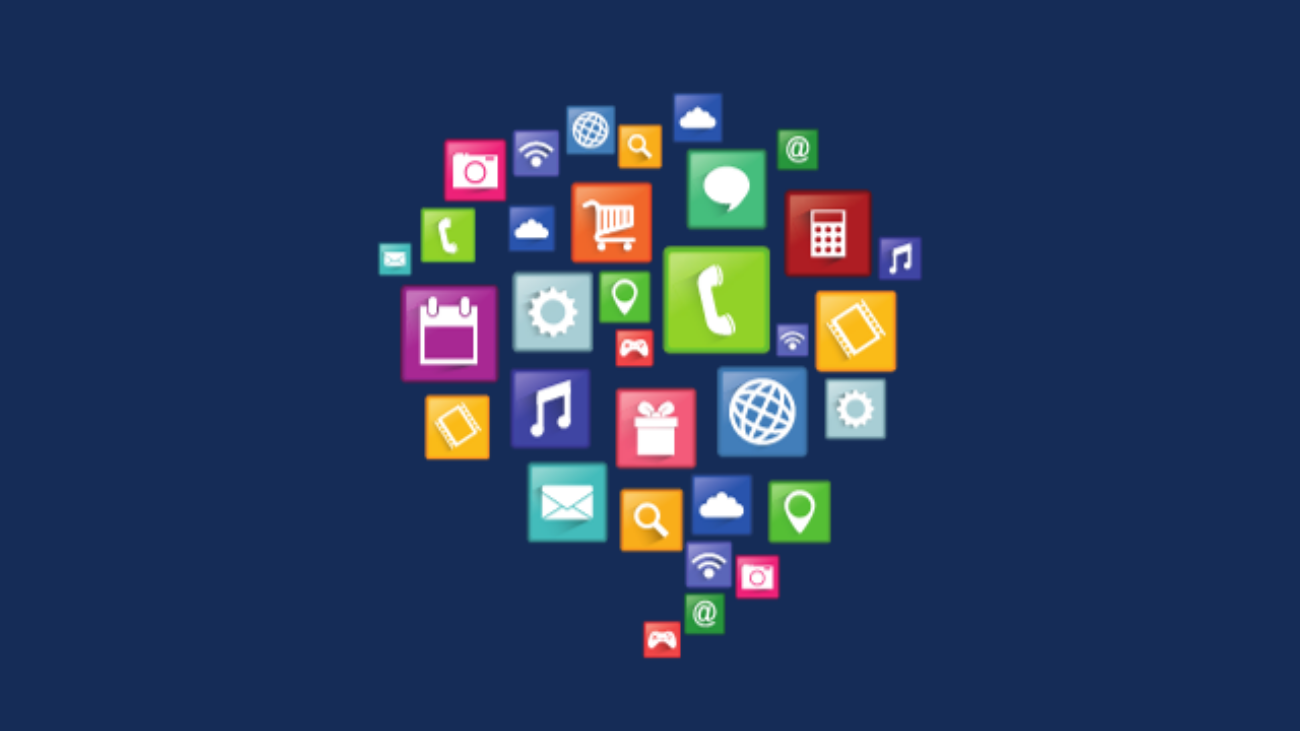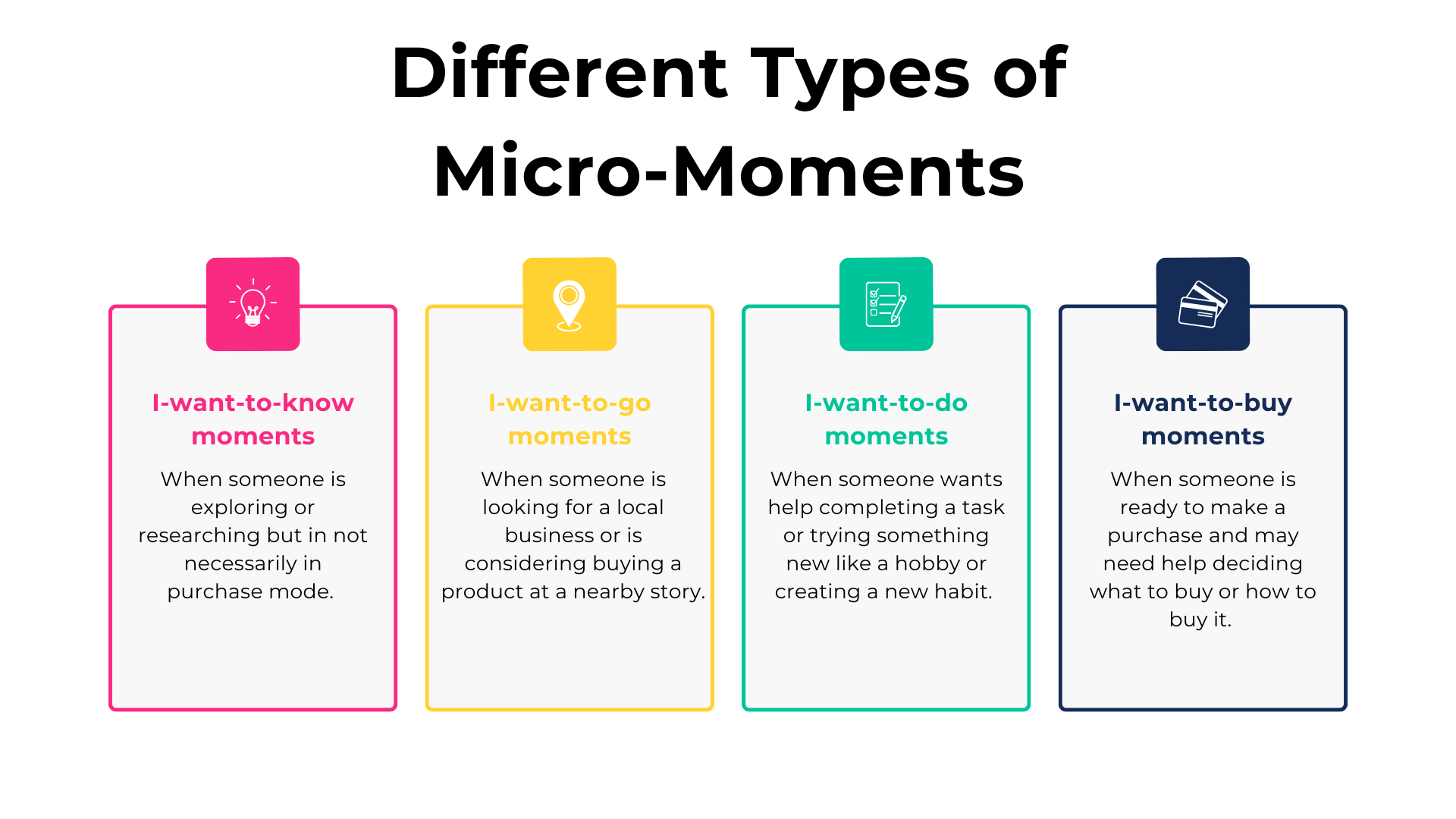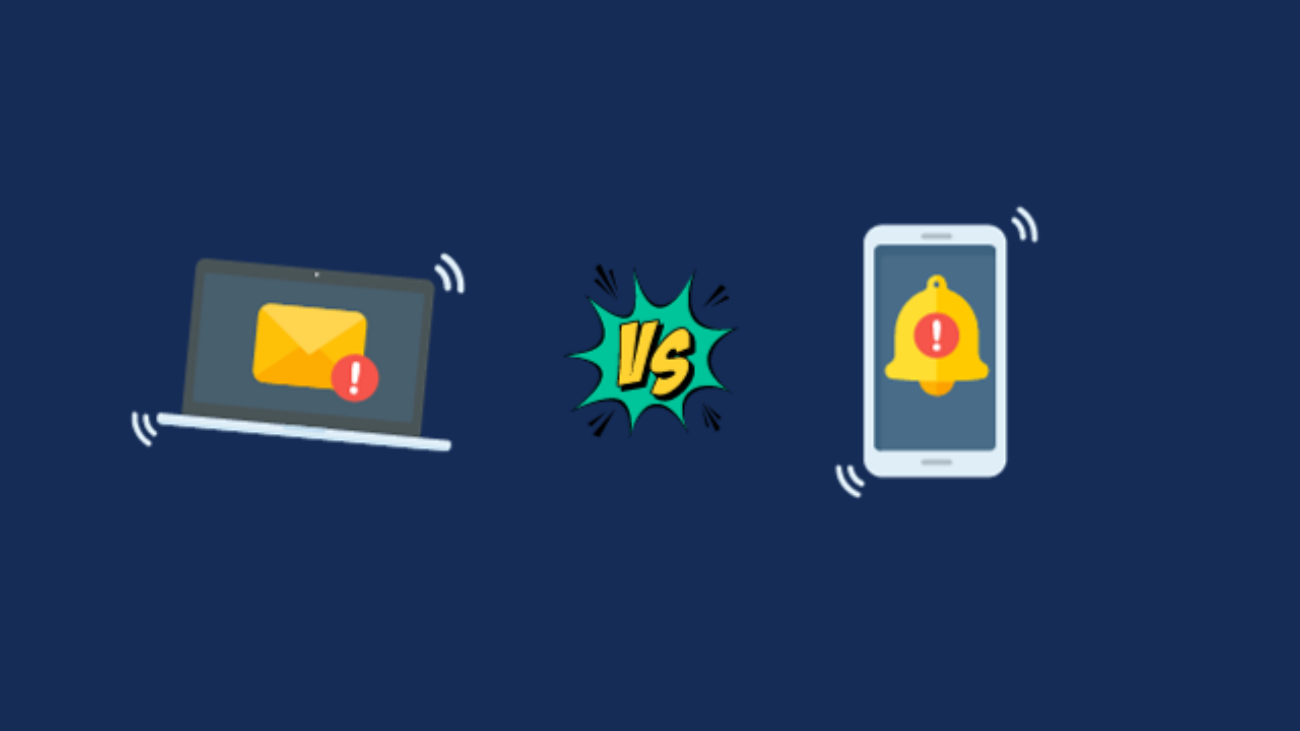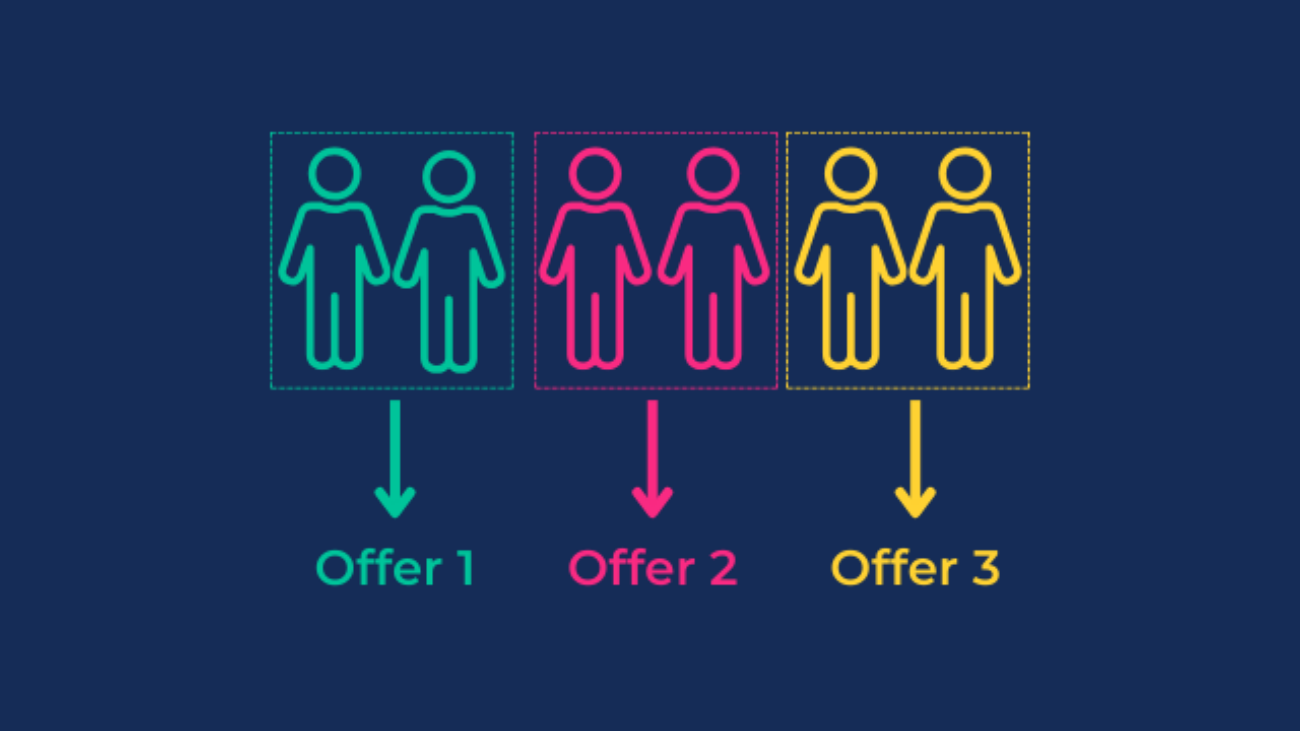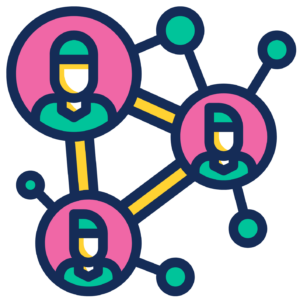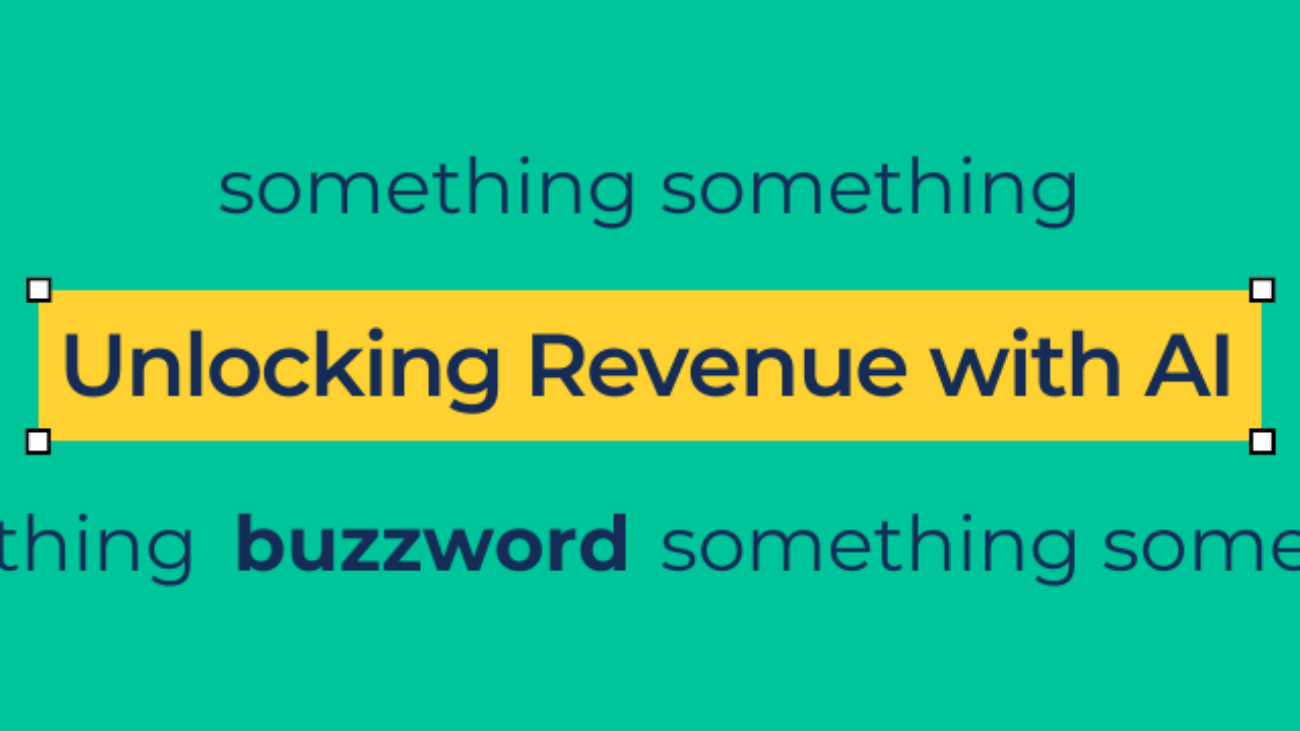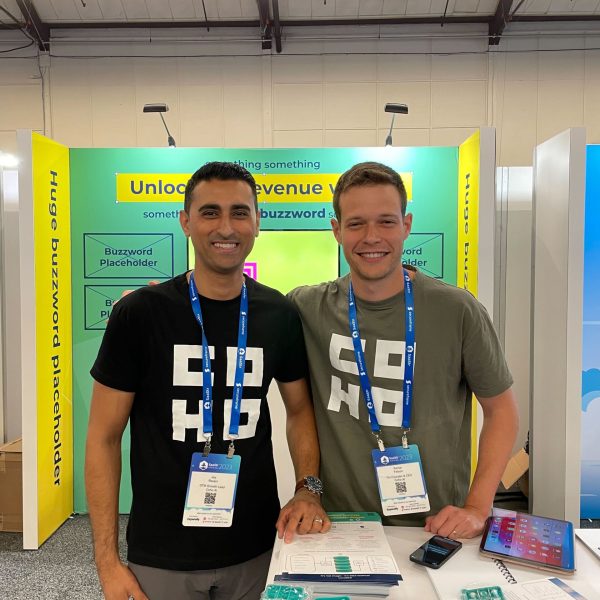TL;DR
The digital ‘now’ necessitates a swift embrace of real-time data and AI-driven personalization to enhance customer engagement. Bain & Company’s 2023 Tech Report stresses the critical need for agile, scalable digital infrastructures that deliver proactive, personalized experiences across various channels. This strategic pivot is not just about meeting immediate consumer demands but also about anticipating future needs, which is key to boosting both conversion and retention rates, ultimately elevating customer lifetime value (CLV). The current digital landscape offers a prime opportunity for businesses to innovate and grow by crafting personalized customer journeys that resonate deeply and build lasting relationships. The imperative is clear: to thrive, businesses must act now to harness the transformative power of the digital ‘now’.
Embracing the Digital Imperative
The digital landscape is evolving at an unprecedented pace, and the intersection of real-time data and personalized customer engagement is at the heart of this
transformation. Bain & Company’s 2023 Tech Report vividly illustrates the urgency for businesses to adapt, emphasizing the need for a robust digital architecture that’s not just robust but also agile and forward-thinking. This urgency is not a call to the future; it’s a demand for the now.
Businesses today are tasked with harnessing the power of micro-moments and AI-driven engagement to craft customer experiences that are not only responsive to today’s needs but also anticipatory of tomorrow’s expectations. The stakes are high in a world where consumer expectations are continuously shaped by the immediacy and personalization of digital interactions.
To thrive, companies must build digital infrastructures that can pivot and scale with the ever-changing demands of the market. It’s about creating a proactive customer experience, leveraging real-time data to deliver personalized interactions that resonate with customers at every touchpoint.
Join us as we explore the strategies that will define the new era of customer engagement, where the ability to act in the digital ‘now’ is the key to unlocking a future of enduring customer relationships and sustained business growth.
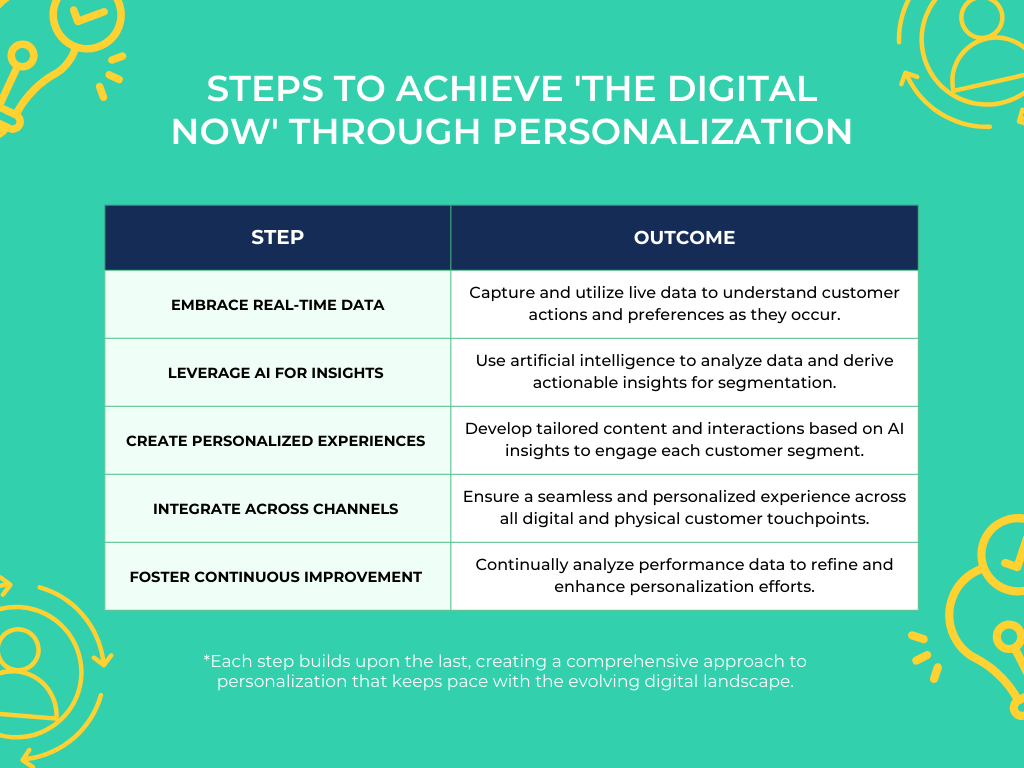
The Present is Digital
Our digital dialogue focuses on a crucial aspect of business growth: customer lifetime value (CLV). Insights from Bain align with our approach. They suggest that real-time data and AI go beyond immediate conversions. These tools foster ongoing interactions that build lasting relationships and drive growth.
Real-Time Data: The Pulse of Personalization:
Real-time data is the lifeblood of modern customer engagement, pulsating through the veins of business strategies to energize personalized experiences. Our discussions on micro-moments and the spontaneity inherent in B2C interactions align with the insights from Bain’s report, emphasizing the transformative power of immediate data. This isn’t merely a flow of information; it’s the heartbeat that gives rhythm to the dance of personalization.
When businesses tap into the stream of real-time data, they gain more than insights—they gain foresight. This data allows them to predict customer needs, craft communications with precision, and engage with individuals at the peak of their interest based on their behavioral targeting and other factors. It’s about delivering the right message, on the right platform, at the right time, ensuring that relevance is never lost in the noise of the digital world
The potency of real-time data lies in its ability to turn every customer interaction into an opportunity for connection. Whether it’s a personalized offer, a timely recommendation, or a responsive customer service touchpoint, these data-driven actions create a narrative of care and attention that resonates with customers.
Moreover, the agility provided by real-time data analytics means businesses can pivot with the ebb and flow of customer desires, maintaining a dynamic and responsive engagement strategy. It’s this adaptive approach that can transform a potential customer into a loyal advocate, making personalization not just a strategy but a cornerstone of the customer experience.
With the increasing need of personalized customer experiences in the digital age, businesses need to be able to use real-time data effectively to create a competitive edge that is both powerful and sustainable, in order to set themselves apart from the competition. In today’s fast-paced digital commerce world, businesses that embrace this pulse of personalization will survive and thrive.
AI-Driven Segmentation: Beyond Demographics
The evolution of customer segmentation is rapidly advancing from static demographics to dynamic, behavior-driven insights, thanks to AI. Bain’s report on intelligent architectures echoes our findings: AI-driven segmentation is essential for deeply personalized engagement.
AI transforms segmentation by analyzing complex data patterns, including customer behaviors and preferences, to create highly targeted micro-segments. This nuanced approach, enriched with behavioral targeting, enables businesses to deliver personalized experiences that resonate on an individual level.
By leveraging AI, companies can predict and respond to customer needs in real-time, ensuring that personalization is not just reactive but also anticipatory. This level of tailored engagement is what distinguishes forward-thinking businesses in today’s digital marketplace.
Crafting Personalized Journeys in the Digital Architecture
The digital architecture that Bain champions is the scaffold upon which personalized customer journeys are constructed. It’s not merely about laying down a path but about weaving a journey that grows and adapts with each customer. This architecture serves as the foundation for integrating the rich insights gleaned from real-time data with the predictive prowess of AI, enabling a seamless and dynamic customer experience.
In this architecture, every touchpoint is an opportunity for personalization, from the first interaction to the ongoing relationship. It’s a system designed to learn from each customer interaction, using this knowledge to anticipate needs and tailor future experiences. This level of customization means that the customer journey is never static; it’s a living, breathing process that continually evolves based on a deep understanding of the customer’s behaviors, preferences, and feedback.
The result is a multi-channel strategy harmonized through behavioral targeting. It resonates with the customer’s lifestyle and preferences, ensuring that every interaction—regardless of the platform—adds value to their journey.
The Multi-Channel Imperative
Echoing the insights from the Bain report, our discourse on multi-channel engagement highlights the critical need for agility and scalability in our interactions with customers. It’s not enough to have a presence on multiple platforms; what’s imperative is the ability to engage with customers effectively wherever they are—be it within an app, through an email, or on social media.
A robust digital architecture is the cornerstone that ensures these channels are not isolated points of contact but part of a cohesive, integrated system. This integration is vital for delivering a seamless and personalized customer experience that aligns with the fast-paced, interconnected nature of the digital ‘now’.
By weaving together these various channels, businesses can create a tapestry of engagement that feels both natural and intuitive to the customer. Each channel must be tuned to deliver consistent messaging, branding, and service quality, all while capturing the unique advantages and contexts of each platform.
The result is a multi-channel strategy harmonized through behavioral targeting. It resonates with the customer’s lifestyle and preferences, ensuring that every interaction—regardless of the platform—adds value to their journey.
Elevating Customer Lifetime Value
The strategies we’ve woven into the fabric of our digital dialogue aim at the heart of business growth: elevating customer lifetime value (CLV). Bain’s insights converge with our philosophy, advocating that the fusion of real-time data and AI transcends beyond the immediacy of conversions. It’s about nurturing a continuum of interactions that build enduring relationships and, in turn, drive sustained growth.
Enhancing Conversion and Retention
Incorporating real-time data analytics and AI into our digital strategies does more than just boost immediate sales; it refines the entire customer lifecycle, enhancing both conversion and retention rates. By understanding and anticipating customer needs, businesses can tailor experiences that not only attract customers but also keep them engaged over time. This heightened engagement leads to increased frequency of purchases, higher transaction values, and, ultimately, a greater CLV.
Moreover, the predictive capabilities of AI allow for a more nuanced approach to customer retention strategies. By identifying at-risk customers before they churn, businesses can proactively engage with personalized incentives and communications, effectively increasing retention rates. Similarly, AI can pinpoint opportunities for up-selling and cross-selling, presenting customers with options that feel bespoke and timely.
The integration of these technologies ensures that every customer interaction is an opportunity to solidify loyalty and encourage ongoing engagement. It’s a virtuous cycle where enhanced personalization leads to better customer experiences, which in turn lead to higher CLV—a critical metric in measuring the health and potential of a business.
In the digital ‘now’, where customer expectations are ever-evolving, the ability to dynamically adapt to these expectations is what will set apart thriving businesses. By focusing on CLV through the lens of real-time data and AI, companies can unlock a level of customer engagement that not only drives conversions but also fosters a loyal customer base that is the true engine of growth.
The Time Is Now:
Echoing the urgency of the Bain report, we reiterate: the time to act is now. The digital ‘now’ demands a new approach to customer engagement—one that’s proactive, personalized, and powered by real-time data and AI. Businesses that embrace this approach will not only thrive today but will pave the way for the future of customer engagement.
Seizing the Digital ‘Now’
In the digital ‘now’, where customer expectations are ever-evolving, the ability to dynamically adapt to these expectations is what will set apart thriving businesses. By focusing on CLV through the lens of real-time data and AI, companies can unlock a level of customer engagement that not only drives conversions but also fosters a loyal customer base that is the true engine of growth.
The time to act is now. The digital ‘now’ demands a new approach to customer engagement—one that’s proactive, personalized, and powered by real-time data and AI. Businesses that embrace this approach will not only thrive today but will pave the way for the future of customer engagement.
The synergy of real-time data, AI-driven segmentation, and personalized customer journeys is defining the new era of customer engagement. As we’ve seen in our own platform’s capabilities and as reinforced by Bain’s 2023 Tech Report, the digital ‘now’ is a landscape ripe with opportunity. For businesses ready to seize this moment, the path forward is clear: invest in the digital architecture that supports this synchrony, and the rewards will be both immediate and enduring. The time is now, and the digital ‘now’ is yours to define.










